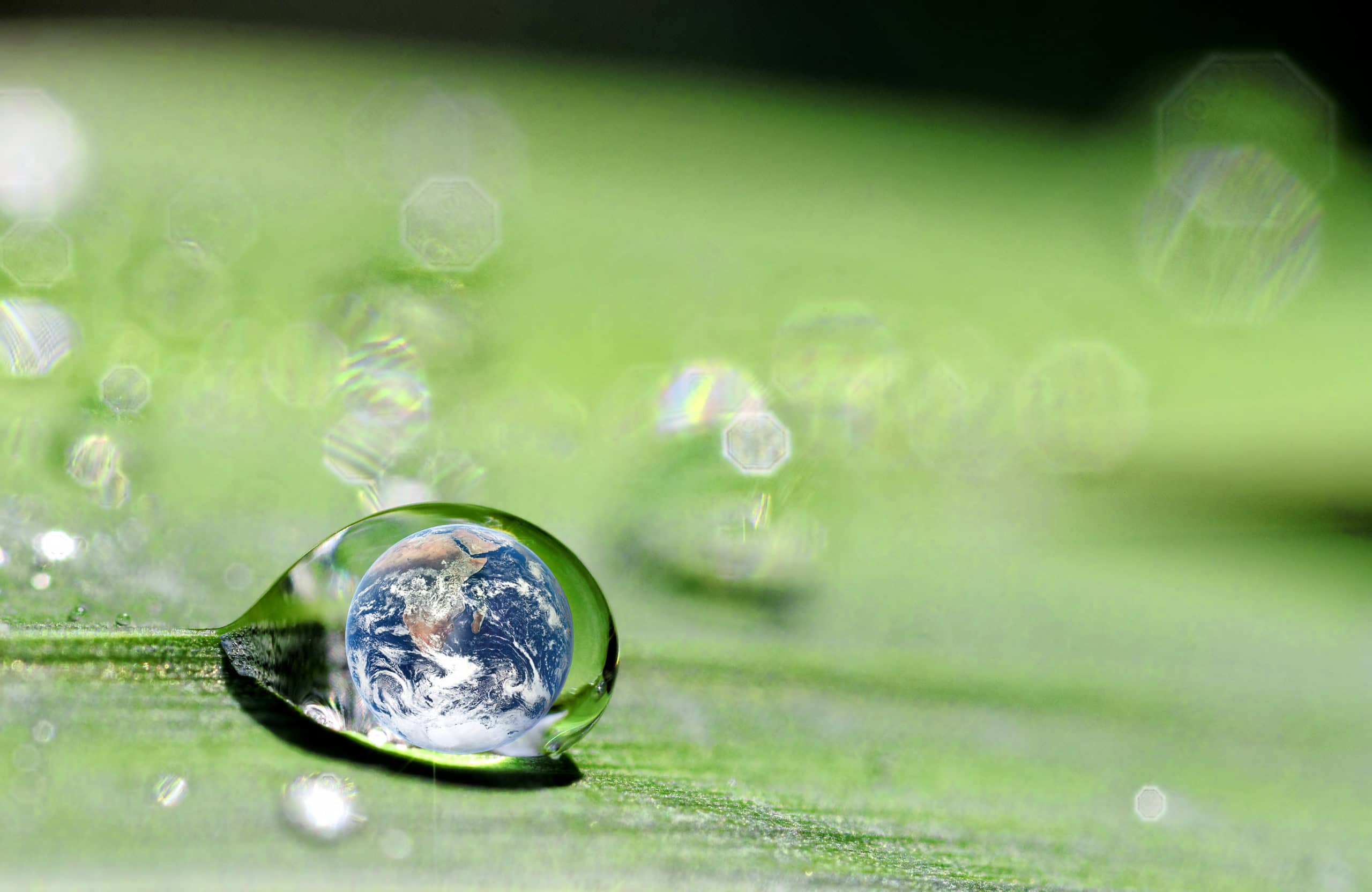
Evac’s green solution to the problem of wet waste handling and disposal
Every day thousands of tonnes of wet waste are generated by cruise ships operating around the world. What is the most sustainable way of treating this material?
Wet waste consists of the food waste from restaurants, crew galleys and bio-sludge from wastewater treatment. All of the food waste scraped from plates and generated during food preparation as well as the bio-sludge produced by the wastewater treatment plant is regulated by the IMO. It can be discharged into the sea in some areas, but for how much longer? And is this practice really desirable in a world where there is increasing emphasis on environmental accountability.
Both food waste and bio-sludge start to decompose quickly with the possibility of creating a source of harmful gases and diseases. They can also attract insects and produce unwanted smells, making storage onboard challenging. As the size of cruise ships increases, so does the volume of waste that needs to be handled and stored safely until the ship reaches port. Most ships operate globally and because food waste is classified under “international food waste”, landing fees are increased and the opportunities for landing the material are limited.
All of this represents a formidable challenge to cruise ship operators faced with meeting tighter environmental regulations, particularly as the public is more keenly attuned to sustainability. Troublesome storing and landing combined with large quantities makes on board treatment an attractive option.
Introducing Evac HydroTreat
Against this background, Evac, the world leader in marine clean-tech solutions, have developed a new method for wet waste handling that comes far closer to answering customers’ needs.
Let’s look first at the current options for dealing with wet waste. Conventional systems, typically a combination of a mechanical and thermal dryer, consume large amounts of steam energy for drying the wet waste. In the past, steam was generally available as a side product from main engines, but times have changed.
“When cruise itineraries are optimized and the energy efficiency of the main engines is increased, additional steam is not readily available. Therefore, steam needs to be made in boilers resulting in direct diesel consumption” says Mats Riska, a senior technical manager at Evac.
Another problem with the conventional dryer system is that you are left with the same waste you started with, just with less water in it and thus a smaller total volume. This means that landing the material is still strictly controlled and expensive.
Other options include burning the waste after drying in a traditional incinerator or more modern pyrolysis plant. Both methods have limitations related to where and when the burning can be done and generate large amount of CO2 emissions.
Recognising the above problems, Evac has focused on developing a more environmentally sustainable system called HydroTreat. Unlike the other processes, HydroTreat is water-based meaning that drying is not required. In this process, solid output is sterilized and transformed into a whole new form. It can be treated as normal waste when landing. Better still, nothing is discharged into the sea nor to the atmosphere.
The Evac HydroTreat is much more environmentally friendly to operate, consuming just a fraction of the energy and thus producing only a small portion of the CO2 emissions, when compared to existing products, as shown in Figure 1. The difference is even more dramatic if carbon capture is considered.

Figure 1.
Basics of Evac hydrothermal carbonization
How does the patented Evac HydroTreat work? It is based on a process called “hydrothermal carbonization” (HTC). Organic material with a high water content is fed into a thermal reactor, where it is exposed to increased temperature and pressure (some 200°C and 20bar). Under these conditions, the material breaks down into carbon molecules, forming a char-like material that is known as “hydrochar”, or more commonly as “biochar.”
The biochar is then extracted through heat exchangers that cool it down and use the released energy to heat up the next batch of waste to be processed. This way most of the energy is retained within the HTC process, maximizing system efficiency. The cooled biochar can be easily dried with a mechanical drier, leaving two streams: reject water that is treated in the vessel’s wastewater treatment system and dry, solid biochar.
Benefits of Evac hydrothermal carbonization
The dried biochar is sterile, stable and biologically safe. It is a fraction of the original waste volume, with up to 90% reduction, and is easy to handle and store onboard. Since biochar is not considered biowaste of any sort, it is easy to land.
From the ship designer’s perspective, the HydroTreat system is much easier to fit inside a ship. The system is made up of modules, that offer great flexibility in layout design and require less overall space than conventional solutions.
From the environmental angle there are important advantages as Lasse Kapanen, Product Line Manager at Evac, explains.
“It is a form of carbon capture and the end material could be used for soil improvement, even fertilizer. We are seeing a great deal of potential with the material. Even if these possibilities are not utilized, it can be treated as general waste which is easy to dispose of at a port.”
This is quite different from the position with thermal drying where the end-product is international food waste which is difficult and expensive to land at port and still needs processing after landing.
With nothing to waste, no emissions to the air or to the sea and with greatly reduced energy consumption, the Evac HydroTreat offers shipowners an efficient, economical and environmentally responsible way of treating wet waste streams.
